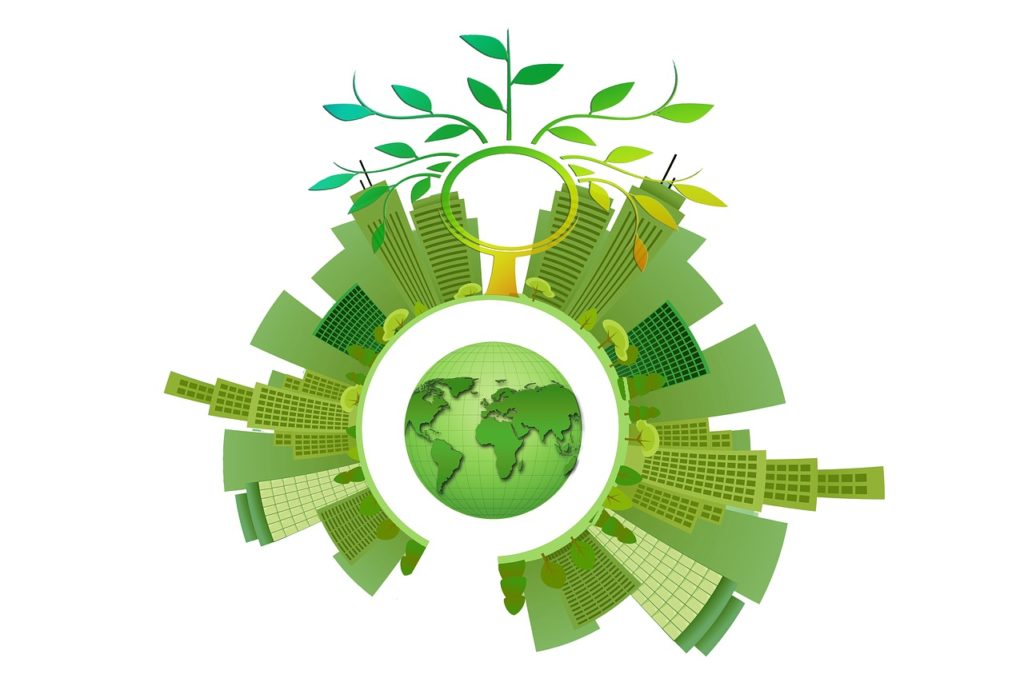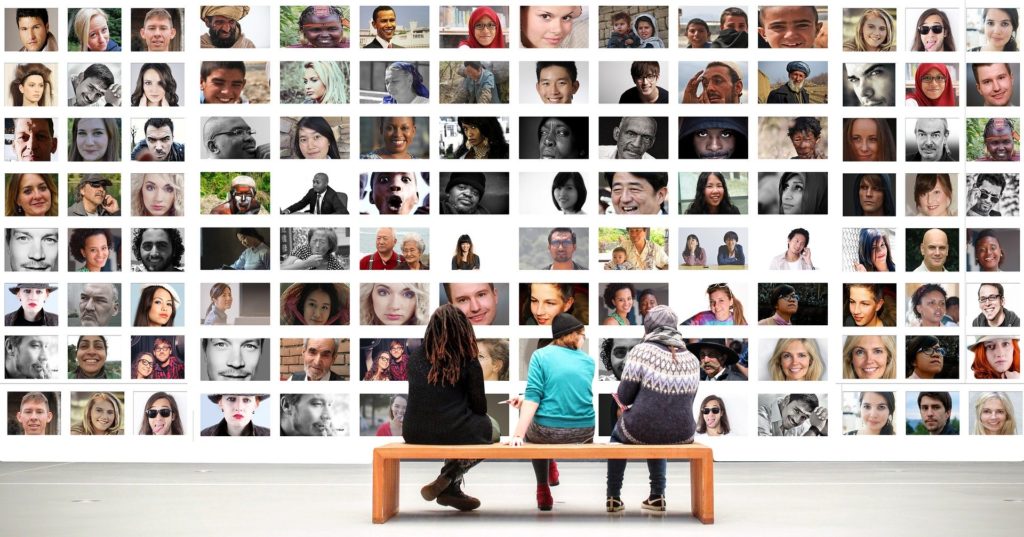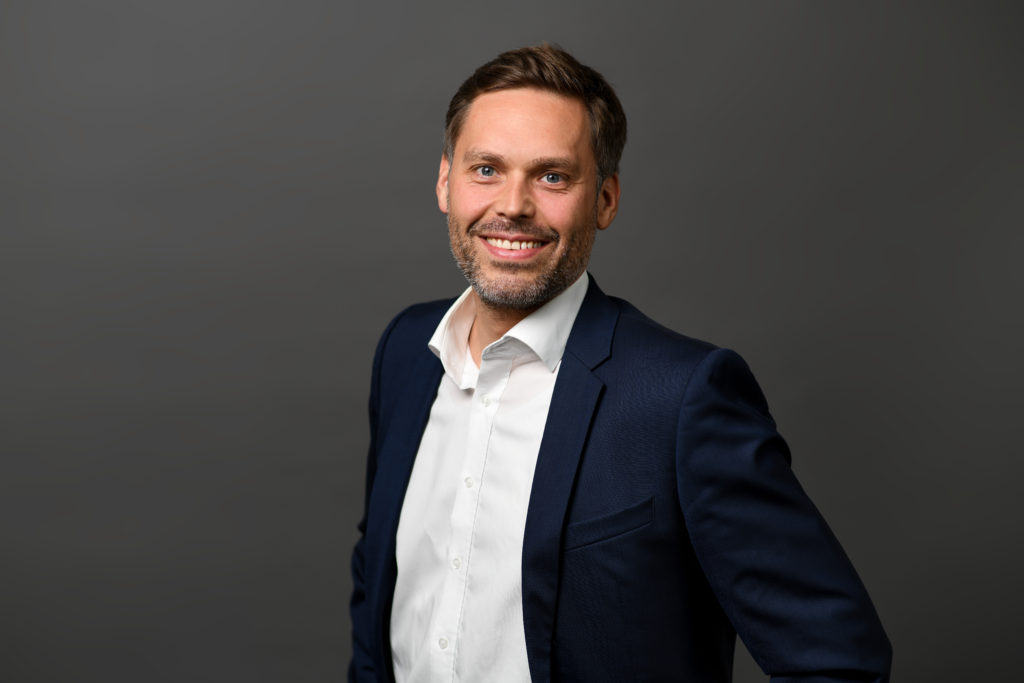We usually start/end the year by asking companies what the ending year meant for them and how they envision the upcoming year. This year, we have done things differently. We have discussed topics that have had a major impact throughout 2020 and how they are likely to impact the 2021 market.
1- COVID-19, obviously.
There is no debate on the fact that COVID-19 has placed 1st among the topics that fuelled the most this year’s conversations. No matter the industry was, this was the main topic – with good reason: it has changed so many aspects of our professional and personal lives.
Let us not come back on what you probably already know: 3D printing has played a key role in the manufacturing of personal and protective equipment. Let’s focus instead on what’s next for the additive manufacturing industry.
The Additive Manufacturing Working Group (AG AM) within the VDMA (The Mechanical Engineering Industry Association), has conducted two surveys (one during the first half of the year and another one during the second half of the year) to find out how companies have been affected and what will be their next focus despite the current difficult market environment.
In the first half of 2020, many of the 70 companies that took part in the survey recorded declining sales. 56% of those surveyed, sales declined, in some cases significantly. One fifth had to cope with a decline of more than 20 percent. In contrast, only every fifth company remained on a growth path in the first six months of the year.
“The weak economy resulting from the corona pandemic is also affecting the business situation in Additive Manufacturing,” explains Dr. Markus Heering, Managing Director of the Additive Manufacturing Working Group. According to the survey, consulting firms, AM materials and manufacturing service providers are hit the hardest. The fact that many users of AM processes and users of AM parts also reported declining sales fits the picture. “Many projects are currently being postponed. In addition, foreign business is significantly more difficult due to travel restrictions,” he explains.

Confidence based on export expectations
However, almost 40 per cent of those surveyed companies expect exports to rise in the next twelve months; a further 46 per cent expect business abroad to remain at least at the same level. Looking 24 months ahead, more than two thirds of the companies even expect exports to grow. Nine out of ten respondents cite the EU as their most important export market.
For 40 percent, exports to the USA are also highly relevant – and a fifth of all respondents also name China as an important target market for their products and services. Heering sees this export orientation as proof of the increasing maturity of the AM industry. “At the same time, the large differences between the 12- and 24-month forecasts indicate a certain scepticism about a rapid return to normality without pandemic-related restrictions,” he explains.
AM industry gets ready
Nevertheless, the willingness of companies to invest has increased compared to the last survey in April 2020. Thus, 35 percent now state that they want to expand their investments. In the April survey this figure was 24 percent. And compared to 32 per cent in April, only 18 per cent of those questioned now state that they are planning with lower investments in the AM sector. “Even after the very difficult first half of the year, our member companies are still looking ahead to their growth opportunities,” says Heering. This is also reflected in the fact that a large proportion of companies say they are using the current rest period for product development and staff training. “They want to be ready when the economy picks up again,” he explains.
2- Sustainability

When 3D ADEPT Media shared that twelve companies join AMGTA, to promote sustainability within the AM industry, Eliana Fu, ex-Senior Engineer at Relativity Space, comments: “If COVID hadn’t been the major topic of conversation in 2020 in the AM industry, it would have been “sustainability” quite frankly.”
I could not agree more with her. Sustainability has been widely addressed throughout the year, by 3D ADEPT Media itself, by our colleagues from other media, and during so many events. So, what’s important for Additive Manufacturing companies then?
The truth is, there is still very little being done to actually drive sustainability initiatives. And these concerns are continuously growing the increasing number of engineering innovations. Part of that problem likely lies with the question “Who is responsible?”
In a panel discussion on the relationship between sustainability and AM, Björn Hannapel, Head of Sustainability at EOS, explained that AM companies should keep in mind the four I in their sustainability strategy:
- Innovation in powders, machine and cost side
- Information towards the customers, the public and non-customers
- Impulse
- And Inspiration as we need leadership and proof that it is working.
Usually, “there is a sustainability strategy and there is a company’s strategy but from my perspective, the company’s strategy also needs to be a sustainability strategy”, Hannapel completes. A vision that Sherry Handel, Executive Director at AMFGA shares as she concludes: “sustainability is a journey, not a destination” and everyone should feel concerned.
3 – Diversity & Inclusion in the Tech Industry

This long-standing issue has caused much ink to flow throughout this year. For the additive manufacturing industry industry, Women in 3D Printing has published a special edition of its 2020 Diversity for Additive Manufacturing Report. The report that Kety Sindze, our very own Managing Editor at 3D ADEPT Media, has led goes beyond the simple goal of improving gender parity.
As a reminder, the report is based on two main surveys: the first one was designed for recruitment companies, and was meant to determine if the lack of minority groups’ representation in the AM sphere is due to an absence of people or a limited number of candidates in target groups.
AM companies took part in the second survey, that aimed at discovering existing actions implemented by companies in their workplace to enable inclusion, and determine key actionable takeaways that should be considered to create a more diverse and inclusive industry.
According to a 2018 McKinsey report, socially diverse 12 13 companies are 33% more likely to outperform their less diverse counterparts financially. They mostly make it happen by minimizing unconscious bias, through engagement and by relying on minorities that already work within their industry.
These steps are only a few ones that should be taken to create a more diverse industry. While the report highlights a very interesting list, it should be noted that it’s up to each company to test its own recipe and adapt it accordingly.
In the end, words and means may vary from one place to another, from one language to another, but ultimately the battle remains the same.
4- Fundings
Discussing fundings with a serial investor in Additive Manufacturing

Let us admit that defining “fundings” as a hot topic in 2020 is a bit overstated but the ability to raise money when the market is uncertain and when most AM companies announce negative financial results raises a certain curiosity. 3D ADEPT Media caught up with Arno Held, Chief Venture Officer (CVO) at AM Ventures, to understand this topic.
5 – Climate Change

Climate change is everywhere – in weather patterns, throughout plant and animal habitats. Is it really a critical time for the climate? The answer is “YES”. Scientists have extensively documented the effects of such climate-related shifts, which largely stem from global warming caused by humans and are already affecting daily life. The good news is that global momentum around climate change is building toward a crescendo. However, one question remains: can Additive Manufacturing help fight climate change?
Proponents of AM technologies believe so. According to AM Services provider ProtoCAM, the well-acknowledged DfAM method helps reduce the carbon footprint of plastics manufacturers through the use of topology optimization and generative design, not to mention that the method enables to imitate nature so as to better protect nature.
“Because printing can be performed on-site for green energy producers such as wind turbines, additive manufacturing offers a two-for-one hit for sustainability and environmental protection”, the company said.
However, at the European level, to address this global issue, the EU has set itself targets for reducing its greenhouse gas emissions progressively up to 2050. For this reason, the European Commission has invested €1 billion to boost the green and digital transition through the European Green Deal Call.
Given the urgency of the challenges it addresses, this program aims for clear, discernible results in the short to medium-term, but with a perspective of long-term change. Participants can deliver results with tangible benefits in ten areas. AM companies also have their part to play in this fight as AM ambitions to achieve a zero pollution ambition and a toxic-free environment, transitioning this way to a clean and circular economy by waste prevention and recycling in contrast to traditional subtractive manufacturing.
One company that is currently one to watch in this area is DyeMansion. Selected to play its part,the company that recently raised $14M to accelerate AM mass production will support this mission with its Powerfuse S.
Capable to run autonomously 24/7 to deliver sealed 3D printed surfaces at injection molding level, DyeMansion’s technology makes the parts pressure-tight and capable of repelling water, oil, and other liquids.
The Powerfuse S integrates a fully automatic loading option, connectivity and batch tracking features. Suitable for a wide range of applications, the machine requires the use of an eco-friendly solvent approved by the EU for food packaging and cosmetic products and is equipped with a recycling process for the solvent to avoid waste.
“Being selected as one of the very first startups to work at the forefront of Europe’s mission to become the first climate-neutral continent is a great honor for us,” said Felix Ewald, CEO and co-founder of DyeMansion. “This underlines not only the sustainability potential fo 3D printing but also the innovative ‘green’ approach that we bring to the manufacturing industry with our Powerfuse S. We take this job seriously and see sustainability as a key obligation to all our activities.”
Another company with big ambitions for 2025 is Covestro. In order to become “fully circular”, Covestro currently focuses on renewable energy, develops numerous research projects to promote recycling as well as alternative raw materials within the AM industry.
“We collect raw materials and make new out of them, states Business Development Manager Lukas Breuers during an expert Session moderated by Niko Palosuo, Head of External Communications. “Our new materials are based on three pillars”. With a key focus on recycling, Breuers explained that new manufactured products [should be] based on recycled raw materials, on CO2-derived raw materials as well as bio-content of up to 50%.
Even though confidence in 3D printing’s environmental benefits is far from universal, it should be noted that AM companies did not yet really position themselves on the topic. Therefore, next year will probably see a big focus on this matter.
Disclosure: This feature was initially published in the November/December issue of 3D ADEPT Mag.
Remember, you can post free of charge job opportunities in the AM Industry on 3D ADEPT Media or look for a job via our job board. Make sure to follow us on our social networks and subscribe to our weekly newsletter : Facebook, Twitter, LinkedIn & Instagram ! If you want to be featured in the next issue of our digital magazine or if you hear a story that needs to be heard, make sure to send it to contact@3dadept.com






